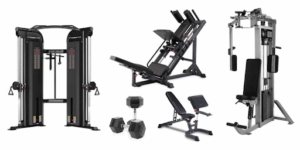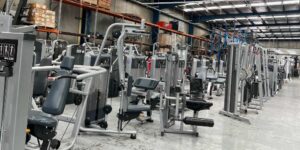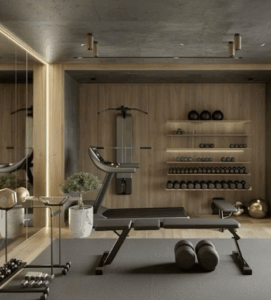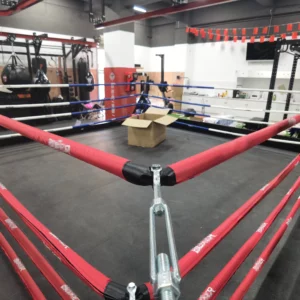How to Maintain a Commercial Treadmill for Long-Term Use
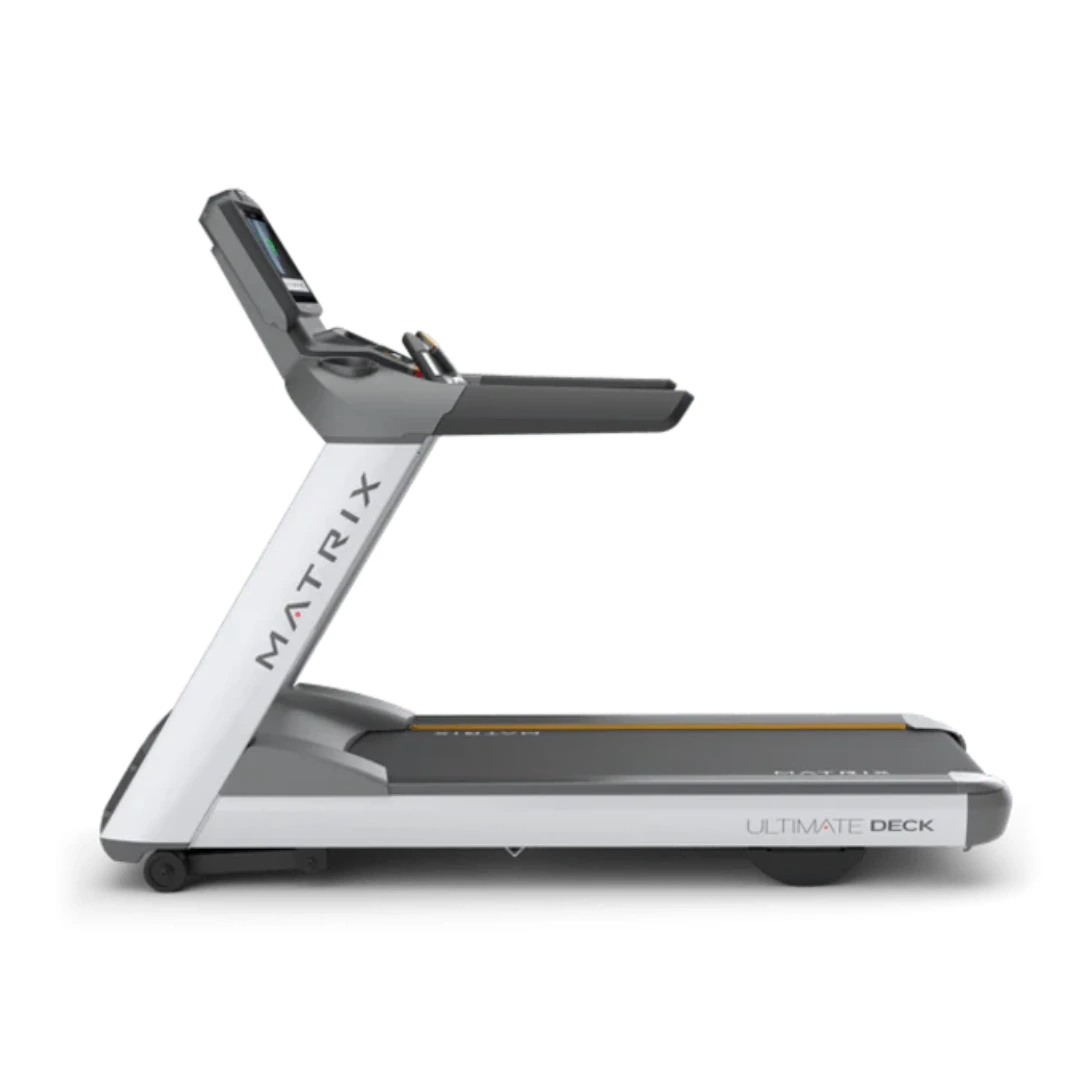
Commercial treadmills are the backbone of any fitness facility. Whether you run a gym, a wellness center, or a rehabilitation clinic, these machines are central to your clients’ experience. However, like all machines, treadmills need regular upkeep to ensure they remain functional, safe, and efficient for years to come. Without proper maintenance, a treadmill can break down unexpectedly, leading to costly repairs, safety hazards, and dissatisfied gym members.
This comprehensive guide outlines the best practices for maintaining a commercial treadmill for long-term use. From daily checks to more extensive quarterly inspections, these maintenance tasks will help you keep your treadmills in top condition.
Why Commercial Treadmill Maintenance Matters
Maintaining your commercial treadmill is crucial for ensuring its longevity and optimal performance. Let’s look at the main reasons why treadmill upkeep is essential:
Cost of Neglecting Regular Treadmill Upkeep
Neglecting treadmill maintenance can quickly lead to larger, more expensive problems. For example, an improperly tensioned treadmill belt can cause excessive friction, resulting in premature motor failure. Similarly, dust buildup in the motor or other moving parts can clog internal components, leading to overheating and breakdowns.
By investing a little time and effort into regular maintenance, you can avoid costly repairs and extend the life of the treadmill.
Impact on Safety and Gym Member Satisfaction
Safety is paramount when it comes to gym equipment, and at Grays Fitness, we understand the importance of keeping your equipment in top condition.
A malfunctioning treadmill, for example, can pose serious risks to users, potentially leading to accidents or injuries. Issues like a worn-out belt, a loose safety key, or a faulty motor can cause unpredictable behavior, putting your clients in harm’s way.
Preserving Warranty and Resale Value
Most commercial treadmills come with a manufacturer’s warranty. However, failure to maintain the equipment as per the manufacturer’s guidelines may void this warranty. Routine care can help preserve your warranty, saving you money on repairs or replacements.
Additionally, if you ever decide to upgrade your equipment, a treadmill in good condition will have a higher resale value than one that has been poorly maintained.
Daily Maintenance Checklist for Commercial Treadmills
Daily maintenance is crucial to keep your treadmill operating at peak performance. Performing basic upkeep tasks every day ensures that the treadmill is clean, safe, and ready for use. Here’s a simple checklist for your daily treadmill care:
Cleaning the Treadmill Belt and Console After Every Use
Dust, sweat, and debris can accumulate quickly on the treadmill belt and console. Use a clean cloth to wipe down the belt, console, and side rails after each use. It’s important to avoid using abrasive cleaners or excessive moisture, as these can damage the machine’s surfaces. Keeping these parts clean also ensures that dust doesn’t accumulate in the motor area, which can cause overheating.
Checking for Dust and Sweat Buildup in Motor Covers
The motor is one of the most critical components of the treadmill, and it’s also one of the easiest to neglect. Dust and sweat buildup can lead to overheating, motor strain, and even breakdowns. Ensure that the motor cover is free of dirt and sweat by using a vacuum or air blower to clean it regularly. Be sure to follow the manufacturer’s cleaning instructions to avoid damaging internal components.
Power-Down and Safety Inspections
At the end of each day, power down the treadmill and perform a quick safety inspection. Check the emergency stop button, safety key, and the overall condition of the frame. Ensure that there are no loose parts or signs of wear and tear. This quick check helps identify any issues before they become significant problems.
If you ever need advice on maintaining your equipment or have concerns about its performance, don’t hesitate to get in touch with us at Grays Fitness.
Weekly Maintenance Best Practices
In addition to daily upkeep, weekly maintenance tasks will ensure your commercial treadmills continue to run smoothly over the long term. Here are the key tasks to perform on a weekly basis:
Inspecting Treadmill Belt Alignment and Tension
A misaligned or overly tight treadmill belt can cause strain on the motor and lead to premature wear. Check the alignment of the belt to ensure it is centered and running smoothly. If the belt is too tight or too loose, adjust the tension according to the manufacturer’s guidelines. A properly aligned and tension belt reduces wear on both the motor and the belt itself.
Lubricating Moving Parts (If Required by Model)
Some treadmills require regular lubrication of the motor, rollers, and other moving parts to maintain optimal performance. Lubrication helps reduce friction and wear, ensuring that the treadmill operates quietly and efficiently. Consult your treadmill’s user manual to determine the appropriate lubrication schedule and type of lubricant for your model.
Cleaning Around Deck and Rollers
The area beneath the treadmill deck, including the rollers, is often overlooked but can accumulate dust, dirt, and debris. Periodically clean this area to ensure smooth operation. Use a brush or vacuum to remove dirt from the rollers and around the deck to prevent debris from affecting the treadmill’s functionality.
Monthly & Quarterly Preventive Care
For long-term reliability, performing monthly or quarterly preventive maintenance is essential. These tasks go beyond regular cleaning and ensure that your treadmill is fully operational and ready for high-intensity use.
Checking Electrical Connections and Safety Keys
Over time, electrical connections can loosen or corrode. During your monthly inspections, check all cables and connections, ensuring they are secure and free of damage. Pay special attention to the safety key, as a malfunctioning key can prevent the treadmill from stopping in an emergency.
Inspecting Treadmill Motor and Internal Wiring
The motor is the heart of your treadmill. Inspect it for any signs of wear, including unusual sounds or overheating. Check for frayed wires or signs of electrical wear. A professional inspection may be necessary if you notice any irregularities, as internal motor issues can often be difficult to detect.
Software and Console Updates for Smart Treadmills
If your treadmill is equipped with a smart console, check for software updates regularly. Manufacturers often release firmware updates to improve performance, fix bugs, or add new features. Keeping your treadmill’s software up to date ensures the system runs smoothly and reduces the risk of malfunction.
Common Signs Your Commercial Treadmill Needs Attention
Sometimes, despite regular maintenance, issues can still arise. Recognizing the signs of a malfunction early can save you money and prevent further damage. Here are some common symptoms that indicate your treadmill may need attention:
Slipping or Jerking Treadmill Belt
If the treadmill belt is slipping or jerking during use, it may be misaligned or improperly tensioned. In some cases, the belt may need to be lubricated or replaced. A jerky or slipping belt can also indicate a problem with the motor or drive system, which may require professional attention.
Overheating or Unusual Noise from the Motor
An overheating motor can be a sign that the treadmill is being overused or not properly maintained. If the motor is making unusual noises (such as grinding or squealing), it could indicate a problem with the motor bearings or other internal components. If this occurs, the motor should be inspected by a professional to prevent further damage.
Error Codes on the Treadmill Console
Modern commercial treadmills are equipped with digital consoles that display error codes when there is a malfunction. If you notice error codes or the machine stops working unexpectedly, consult the user manual for troubleshooting steps. Common issues could involve wiring problems, software glitches, or motor malfunctions.
When to Replace vs. Repair a Commercial Treadmill
Over time, even the most well-maintained treadmill may need to be replaced. Knowing when to repair or replace your treadmill is critical for cost-effectiveness.
Signs It’s Time to Upgrade Your Equipment
If your treadmill is frequently breaking down, even after repairs, or if it no longer meets the demands of your gym, it might be time for an upgrade. Older machines with outdated features and inefficient motors may not provide the quality experience your clients expect. If parts are no longer available, replacing the machine could be the best solution.
Cost-Benefit Analysis: Repair vs. Purchase
When faced with costly repairs, it’s essential to perform a cost-benefit analysis. Compare the cost of repairs with the price of a new treadmill. If the repair costs are 50% or more of the cost of a new machine, purchasing a new treadmill might be the more economical choice in the long run.
Options for Commercial Treadmills for Sale
If you decide it’s time to replace your treadmill, consider investing in high-quality, durable machines designed for commercial use. Look for treadmills with extended warranties, modern features (such as touchscreens and heart-rate monitors), and energy-efficient motors. Many brands offer bulk purchasing options for fitness centers, ensuring you get the best value for your investment.
If you’re unsure where to start, feel free to contact us, and we’ll help you find the right equipment for your gym.
Conclusion
Maintaining a commercial treadmill for long-term use doesn’t require complex expertise, but it does require consistency and careful attention. At Grays Fitness, we emphasize the importance of regular maintenance routines to keep your equipment in optimal condition. By implementing daily, weekly, and monthly maintenance checks, you’ll ensure your treadmills continue to serve your clients reliably for years to come.
Routine care not only helps avoid costly repairs but also improves safety and enhances the overall workout experience for your gym members. Regular maintenance ensures that your equipment performs at its best, minimizing downtime and keeping your gym running smoothly.
The goal is to provide your clients with a safe, reliable, and enjoyable workout experience. Whether you’re addressing minor issues or conducting preventive checks, investing time in proper maintenance through Grays Fitness will result in smoother operations and more satisfied, loyal clients.
FAQ
- How often should I clean my commercial treadmill?
Regular cleaning, especially the belt and deck, helps prevent dust buildup and extends treadmill life. - Do I need to lubricate my treadmill?
Yes, lubricating the belt periodically reduces friction and wear, keeping your treadmill running smoothly. - What are the signs my treadmill needs maintenance?
Look for unusual noises, belt slipping, uneven movement, or decreased performance as indicators. - Can I perform maintenance myself or should I hire a technician?
Basic cleaning and lubrication can be done in-house, but professional servicing is recommended for motor and electronic checks. - How often should a commercial treadmill be serviced?
Most treadmills benefit from a professional service every 6–12 months, depending on usage intensity.






